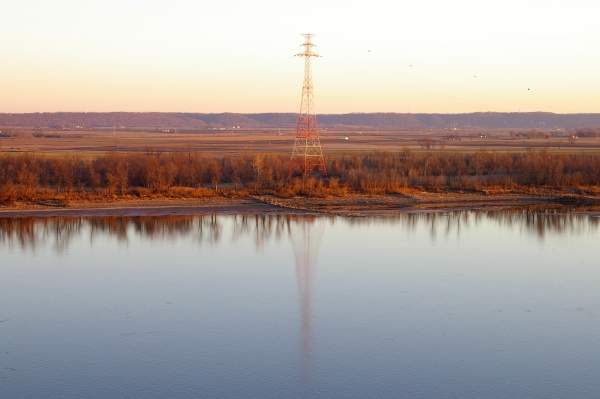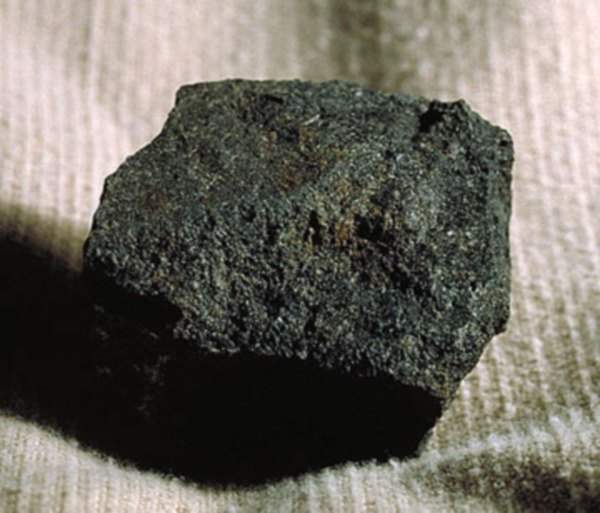The Plum Point Energy Station is a 665MW pulverised coal plant located in Osceola, in the northeast of Arkansas. It was commissioned in September 2010 after a four year construction period.
The $1bn project generates electricity to power approximately 650,000 homes while emitting 25% less carbon dioxide than that of conventional coal plants. It is one of the first few major coal fired plants built in the south-eastern states of the US.
The plant is operated by NAES, the subsidiary of ITOCHU International. Plum Point Energy Associates, a member of LS Power, holds a majority stake of 62.85% in the plant. The remaining stake is owned by three power distributing wholesale entities, namely the East Texas Electric Cooperative (7.52%), the Missouri Joint Municipal Electric Utility Commission (MJMEUC, 22.1%) and Empire District Electric Company (7.52%).
In addition to owning a stake in the plant, the Empire District Electric Company and the MJMEUC have long-term power purchase agreements for an additional 50MW and 40MW capacity respectively.
The plant currently has a single unit and is proposing to build another production unit. Permission for the construction of Unit II is pending, with the Arkansas Department of Environmental Quality. If approved, it will be sharing some of the common facilities with Unit I.
The plant is being maintained by Power Maintenance & Constructors (PMC) under a two year service contract signed in September 2010.
Plum Point power plant details
The plant is built on an 880-acre site near the Mississippi River. It comprises an IHI boiler, a Toshiba steam turbine and Alstom emissions control system.
The emissions control system includes selective catalytic reduction (SCR) for nitrogen control, dry flue gas desulphurisation for sulphur dioxide removal, carbon injection system for mercury removal and fabric filtration system or the baghouse for removal of particulates.
The plant uses low sulphur sub bituminous coal and is flexible to use alternate coals. Coal is supplied from the Powder River Basin in Wyoming and stored in two storage tanks of 40,000t capacity each. The unloading capacity of the tanks is 4,000t an hour.
The fire protection, alarm and detection system includes an array of piping and suppression systems. The plant functioning is monitored and controlled by a digital bus known as the Ovation expert control system.
Development of the Plum Point energy station project
The project broke ground in March 2006 after achieving the financial closure. Financial institutes including Credit Suisse Securities, Goldman Sachs Credit Partners, Merrill Lynch, Morgan Stanley & Company and West LB arranged the finance.
The plant was developed on a turnkey basis by Plum Point Energy Associates. The corresponding engineering, procurement and construction (EPC) contract was awarded in January 2006. Plum Point Energy Associates is a member of LS Power Group and a joint venture of Zachary Construction Corporation, Black & Veatch and Gilbert Central Corp.
General and administrative services during the construction were provided by Power Plant Management Services (PPMS).
The fire protection and alarm system was installed by F.E Moran. The coal storage and dust collection system was delivered by Roberts & Schaefer under an EPC contract.
The design and construction of the surface water intake facility and wastewater outfall were done by Robinson Construction.
Merrill Iron & Steel and Coastal Metals were involved in steel and fabrication works. Emerson installed the monitoring and control system.
Construction of the Arkansas-based 665MW pulverised coal plant
Plum Point Energy Station meets stringent seismic requirements. It is constructed on a fault line in the new Madrid Seismic zone which includes Arkansas.
To help control the seismic accelerations, a number of preventive measures were taken, including the buckling resistant brace and placing of snubbers on pipe hangers to mitigate any movements caused by earthquakes.
The buckling resistant brace serves as a structural shock absorber and uses less steel in its construction. This methodology helps in limiting the potential damage caused by earthquakes for more than 50 years.
The seismically sound steel and concrete building structure is 250ft tall with 475ft high chimney. Low volatile organic compound (VOC) paint has been used to reduce the required VOC by more than 10t.
The station pump house is constructed on top of a 24ft diameter concrete caisson on the bank of the Mississippi River. It houses two vertical turbine pumps and associated motors, controls and piping systems. The water inlet pipeline is 39-inch diameter steel pipe and the waste water outfall pipeline is 16-inch HDPE. The pump seal water line is 4inch in diameter.







